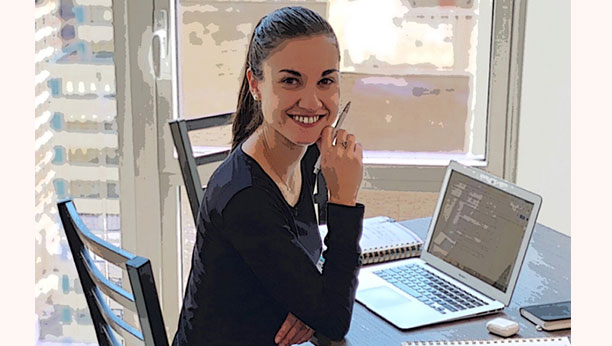
Busting the following myths:
MYTH 1: You need to feel inspired in order to be creative.
MYTH 2: Success breeds success.
MYTH 3: Consuming a large quantity of information makes us well-informed.
MYTH 4: A leader sits at the top of the pyramid.
MYTH 5: Success is an external measure of career, status, or wealth.
Log In or become an AIMA member to read more articles
